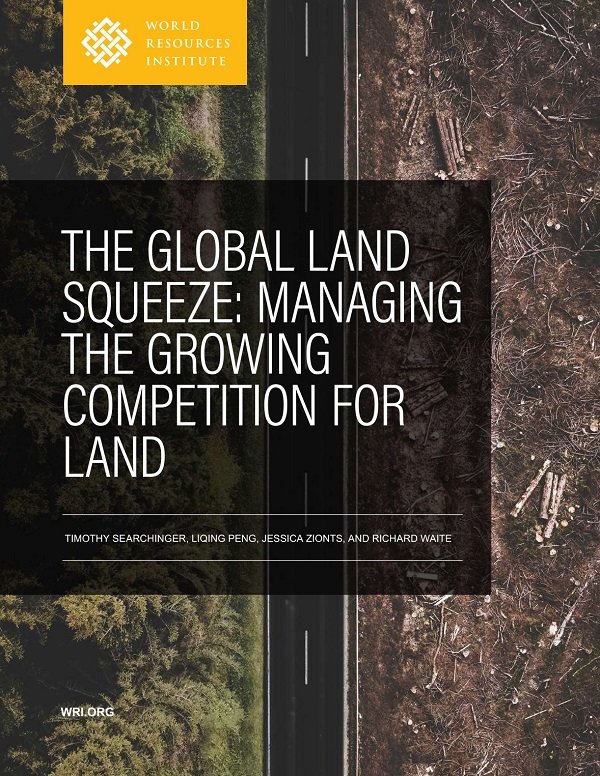 Read this article in French
Read this article in French- Share this article
- Subscribe to our newsletter
The Global Land Squeeze: Managing the Growing Competition for Land
Competition for land is heating up as a growing global population increases demand for food, wood and shelter – putting a squeeze on land that is needed to store carbon and provide habitats for biodiversity.
By 2050, the WRI research projects that land twice the size of India will be converted for agriculture, and land the size of the continental United States will be needed to meet the increasing demand for wood.
Using the new biophysical Carbon Harvest Model (CHARM), the authors found that the climate implications of rapidly increasing demand for land-based products have been underappreciated. Climate strategies have so far underestimated the carbon and biodiversity costs of expanding agriculture and wood harvests, which has led to policies that divert land from better uses to those that are likely to vastly increase emissions.
Meeting the demand for food and wood while also being able to restore forests, protect biodiversity and store carbon is possible – but it will require unprecedented technological progress and political will. WRI proposes a four-pronged strategy for the world to achieve this:
- Produce more food and wood on the same land while encouraging denser cities. For example, dramatically increase crop and grazing yields. Producing with more efficient use of inputs to reduce greenhouse gas emissions and other pollution will also be important.
- Protect forests and other natural ecosystems. For example, link agricultural productivity gains with efforts to protect forests and natural areas.
- Reduce demand for land-intensive foods, wood and other products. For example, reduce food loss and waste everywhere, and shift diets in high-income countries away from meat (especially beef) and milk towards plant-based foods. Other options include expanded recycling and reduced use of wood products for packaging, more efficient wood-burning stoves and transitions to solar-based electric heating systems in developing countries.
- Restore forests and other native habitats where few land-based products are produced, where there is a high biodiversity need, and/or if agricultural land use can be reduced in the future. For example, highly sloped, inefficient tropical pasture lands can be immediately restored to tropical forests.
(WRI/pas)
Download the full report on the WRI website





Add a comment
Be the First to Comment